Imagine waking up on a planet bathed in soft, golden light—not the dazzling brilliance we know today, but a much dimmer sun gently warming ancient rocks and seas. Yet somehow, life sprang forth, and oceans didn’t freeze into endless ice. This is the heart of one of Earth science’s most thrilling mysteries: the Faint Young Sun Paradox. How could early Earth have remained warm enough for liquid water and life, when our young Sun shone so weakly it should have left the planet a frozen wasteland? The paradox has challenged generations of scientists, inspiring bold theories and surprising discoveries about our planet’s resilience and adaptability.
The Sun’s Surprising Weakness Billions of Years Ago
It’s hard to imagine, but the Sun that greeted the first days of Earth was about 20 to 30 percent less luminous than it is today. This wasn’t a minor dimming—it was like swapping out a blazing spotlight for a dim desk lamp. By all rights, early Earth should have been a ball of ice, its oceans frozen solid. Yet geological records paint a different picture: there was liquid water, and even primitive life. This contradiction lies at the heart of the paradox, leaving scientists both baffled and fascinated.
Clues in Ancient Rocks and Fossils
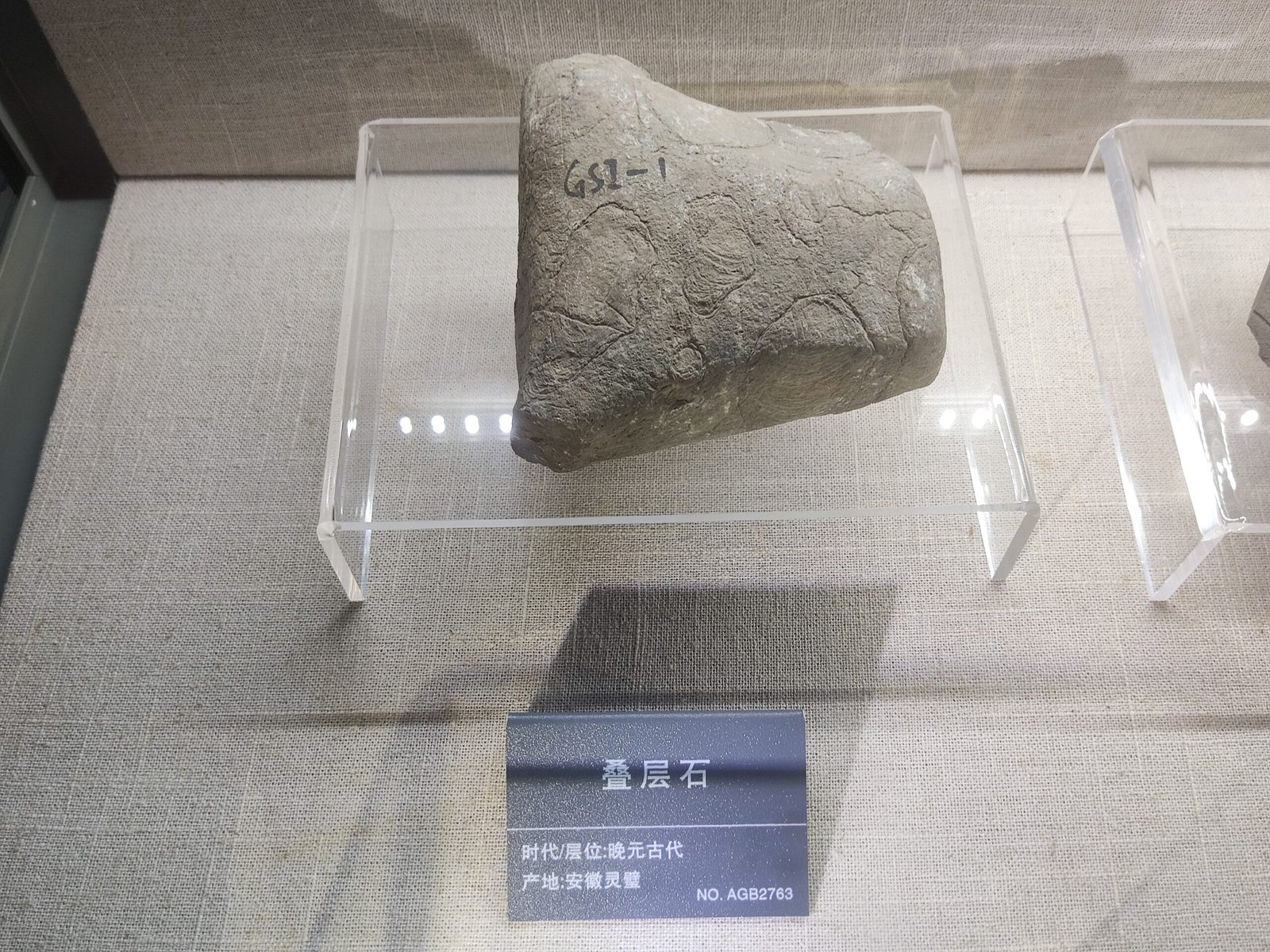
Earth’s oldest rocks, some over 3.5 billion years old, hold precious clues. In Western Australia and South Africa, ancient sediments show ripples and layering patterns formed by water, not ice. Even more stunning, ancient fossils of stromatolites—mats built by microbial life—suggest that not only was there liquid water, but life itself flourished. These discoveries challenge the idea that Earth was a frozen planet and force us to look deeper for answers.
Greenhouse Gases: Earth’s Ancient Thermal Blanket
One popular explanation is that early Earth was wrapped in a thick, cozy blanket of greenhouse gases. High levels of carbon dioxide and methane could have trapped heat, preventing the planet from freezing. Imagine Earth as a greenhouse garden, its warmth preserved by glassy walls of gas. Recent studies suggest methane-producing microbes—known as methanogens—may have played a starring role, pumping out enough methane to keep the planet balmy despite the Sun’s weakness.
The Power of Methane in a Low-Oxygen World
Methane is a potent greenhouse gas, far more effective at trapping heat than carbon dioxide. In the early, low-oxygen atmosphere, methane could linger for long periods without breaking down. Some researchers think methane levels may have been hundreds of times higher than today, giving Earth a thick, invisible sweater. This methane-rich air could explain how ancient lakes and oceans stayed liquid, even under the Sun’s feeble rays.
Carbon Dioxide’s Forgotten Influence

While methane gets the spotlight, carbon dioxide was no mere bystander. Volcanoes released vast amounts of CO2, which built up in the atmosphere over millions of years. With fewer plants and no trees to suck up CO2, the gas accumulated, amplifying the greenhouse effect. Earth’s climate was a delicate dance of gases, with carbon dioxide playing a crucial rhythm in this survival symphony.
The Role of Water Vapor and Clouds
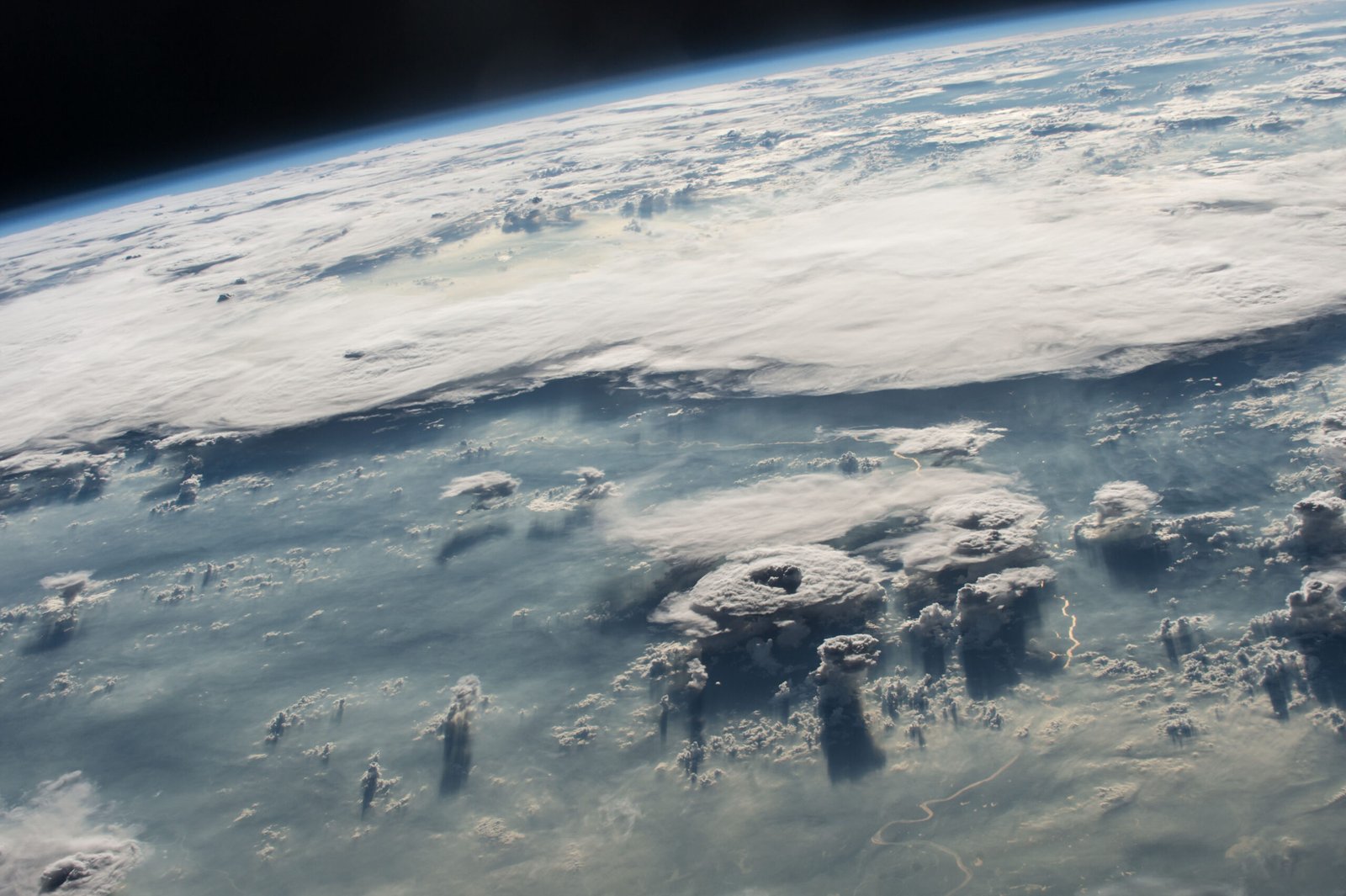
Water vapor, often overlooked, is another powerful greenhouse gas. Warmed by volcanic CO2 and methane, water evaporated from oceans, rising into the sky to form clouds. These clouds acted like both a shield and a blanket—reflecting some sunlight but also trapping heat close to the surface. The balance of cloud cover could tip the scales between a runaway ice age and a thriving, watery world.
Geological Feedback Loops: Nature’s Thermostat

Earth isn’t just a passive rock drifting through space—it has built-in systems to regulate its own temperature. The weathering of rocks, for instance, draws CO2 from the air and locks it in minerals, acting as a planetary thermostat. When things get too warm, weathering speeds up; when things cool, it slows down. These feedback loops helped stabilize Earth’s climate, keeping it in the sweet spot for life.
The Magic of Plate Tectonics
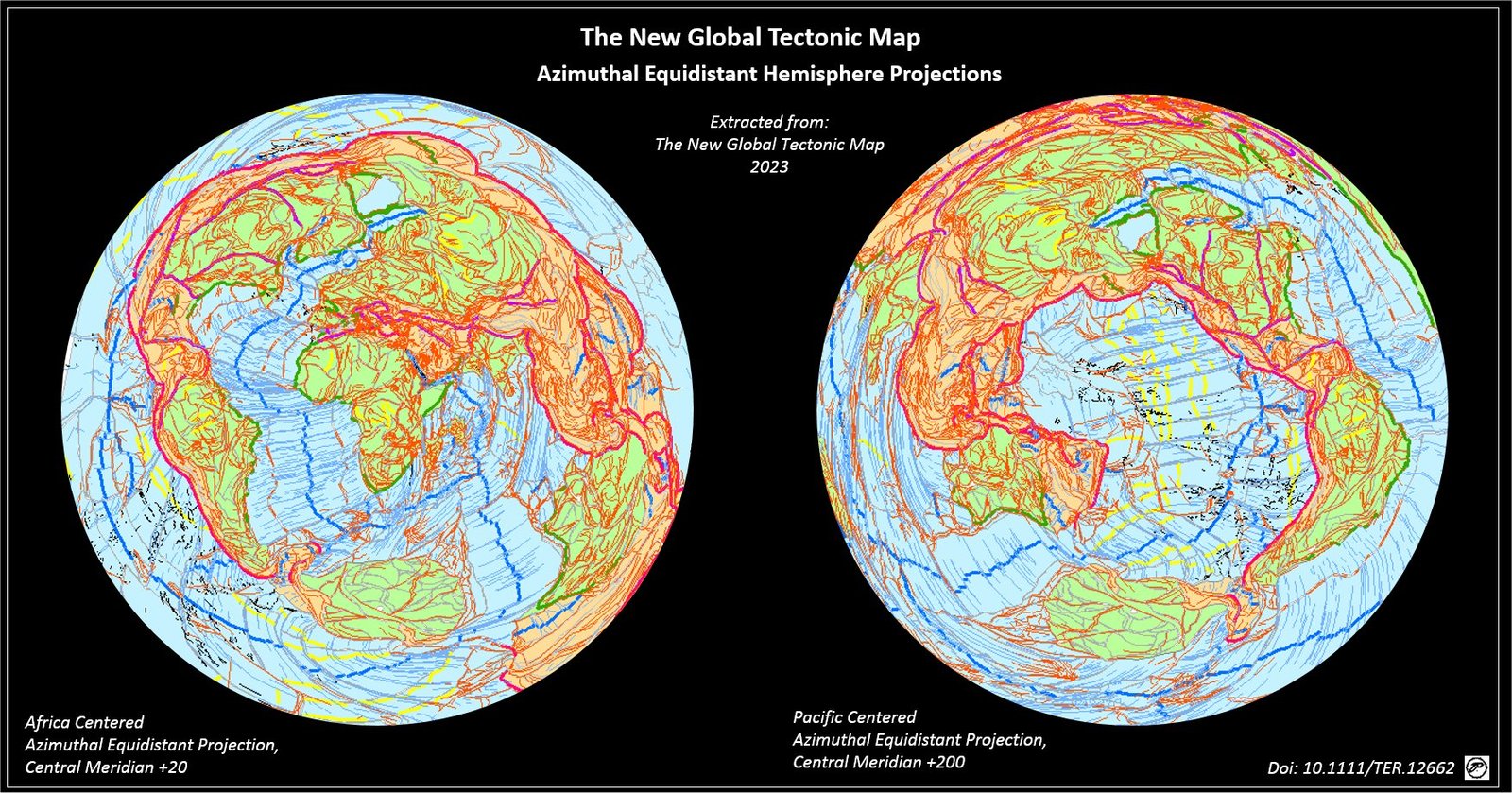
Plate tectonics isn’t just about earthquakes and volcanoes—it’s central to Earth’s climate story. Shifting continents recycled carbon between the atmosphere and the rocky crust. Subduction zones dragged carbon-rich sediments deep into the planet, while volcanic eruptions belched CO2 back out. This slow, endless cycle gave Earth a way to keep its climate from spiraling out of control, even with a faint Sun.
An Atmosphere Unlike Today’s
Imagine breathing the air of ancient Earth: thick, hazy, and laced with gases that would make us dizzy. Without oxygen, the sky might have glowed orange or pink at sunset, thanks to all that methane and haze. These conditions created a very different climate system, one that doesn’t have a modern parallel. Understanding this alien atmosphere is key to cracking the Faint Young Sun Paradox.
Life’s Surprising Role in Climate Control
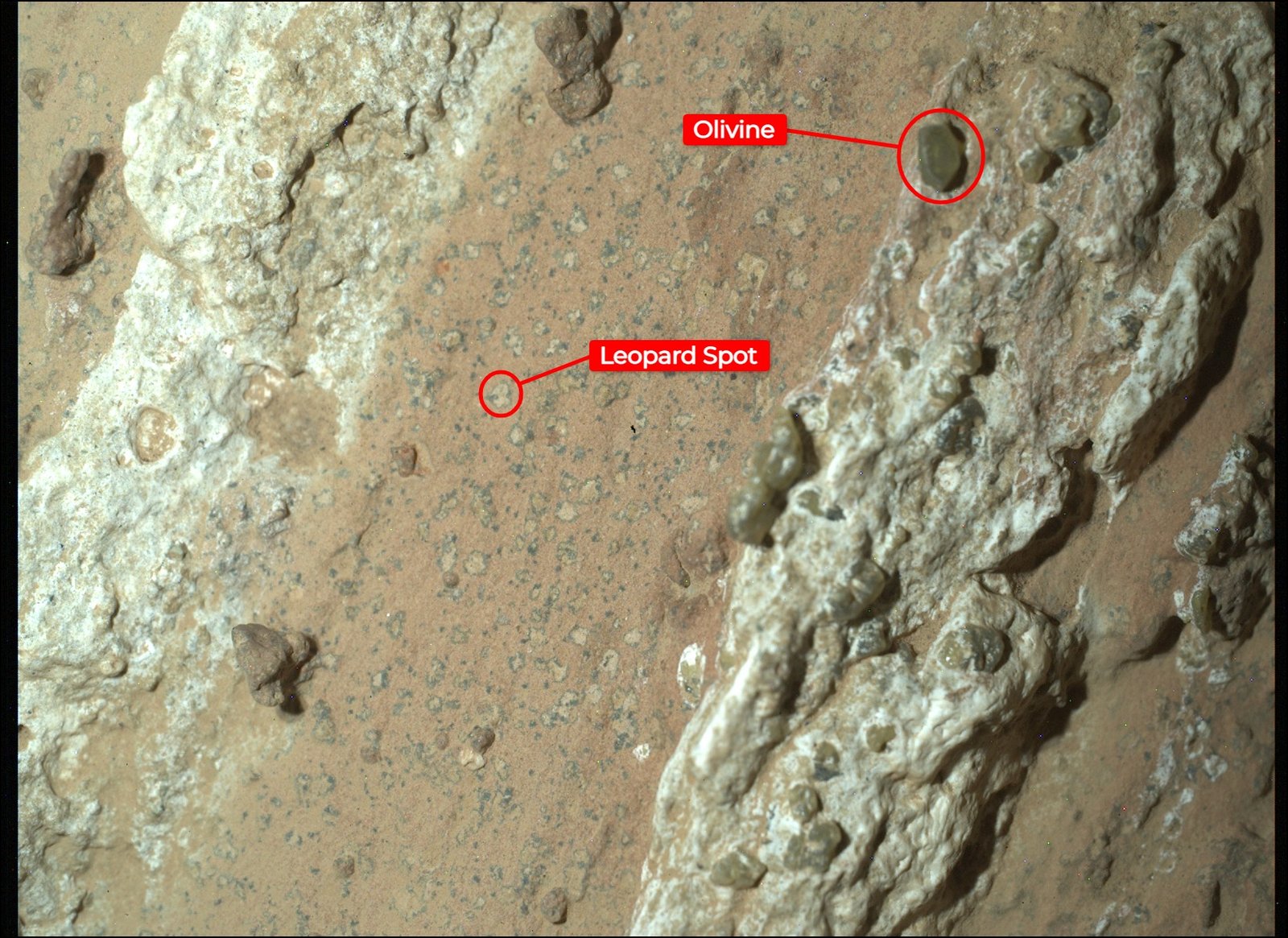
Early life didn’t just survive the strange climate—it helped shape it. Tiny microbes transformed the air, producing methane and eventually oxygen. As life evolved, it changed the balance of greenhouse gases, slowly shifting Earth from a methane-rich world to the oxygen-rich planet we know today. Life and climate were locked in a feedback loop, each influencing the other in mysterious ways.
The Paradox’s Global Implications

The Faint Young Sun Paradox isn’t just a puzzle for Earth—it has big implications for our search for life elsewhere. If early Earth could stay warm under a weak Sun, could other planets do the same? This question drives scientists to rethink the “habitable zone” around stars and to consider the wild possibilities for life on distant worlds.
Frozen Planets and Runaway Greenhouse Effects

The paradox also reminds us how easily things could have gone wrong. If greenhouse gases had been too low, Earth might have become a snowball planet, locked in ice for eons. If they’d been too high, a runaway greenhouse effect could have turned Earth into a steamy, unlivable hell. The planet’s survival was a delicate balancing act, and the consequences of tipping too far in either direction were stark.
Modern Scientific Investigations
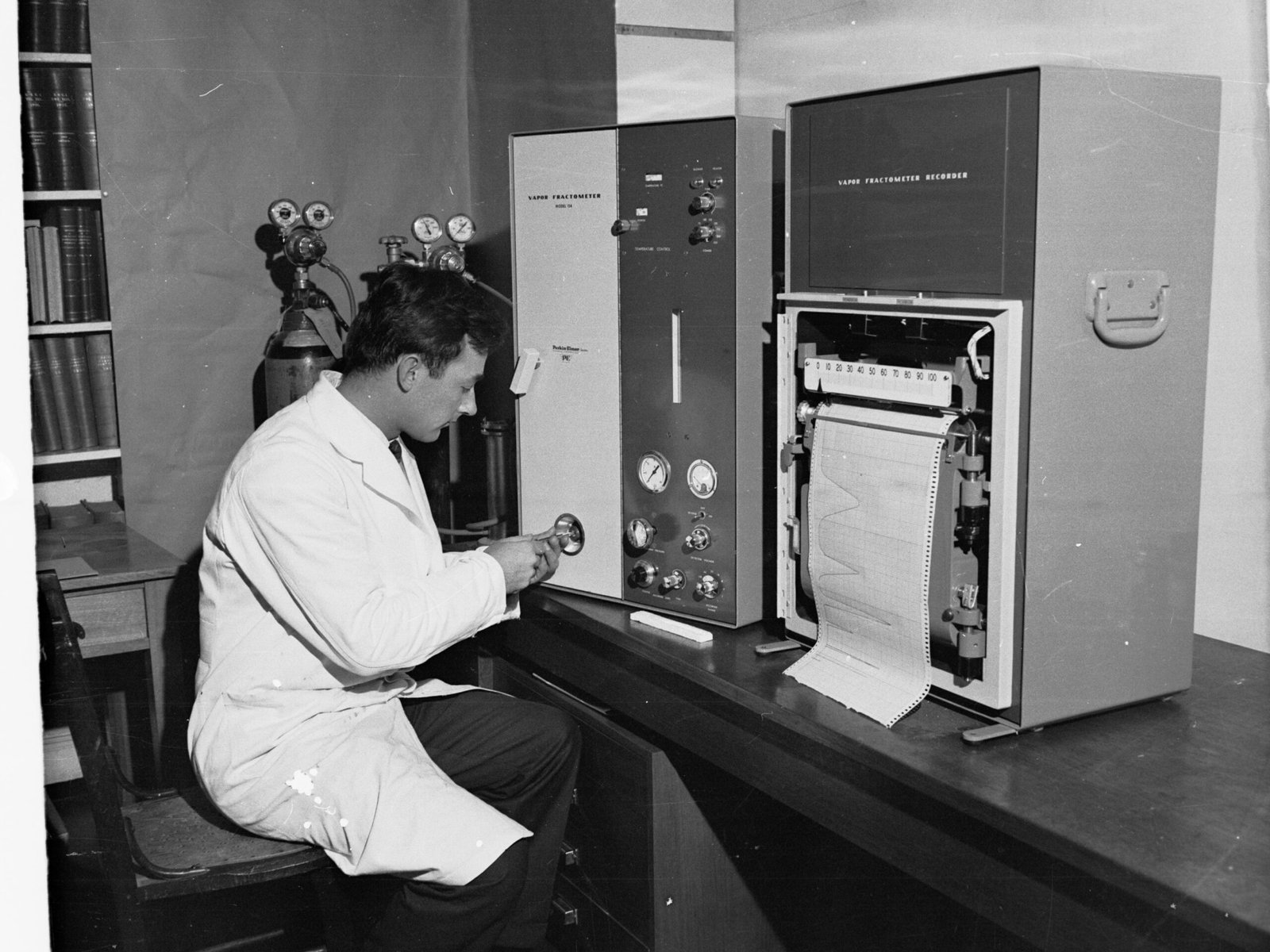
Today, scientists use everything from computer models to ancient mineral samples to probe this ancient mystery. Sophisticated simulations recreate early Earth’s climate, testing different combinations of greenhouse gases and cloud cover. Lab experiments analyze the chemical signatures left in billion-year-old rocks. Each new discovery adds a piece to the puzzle, but the full picture remains tantalizingly out of reach.
The “Faint Young Sun” as a Cosmic Puzzle
The Sun’s evolution offers a cosmic perspective on planetary habitability. Our star, like others, brightens over time—a process that changes the fate of every planet in its orbit. Understanding how Earth survived its Sun’s faint youth may help scientists predict the futures of other planets, both in our solar system and beyond. It’s an astronomical detective story with universal implications.
Lessons from Mars and Venus

Looking at Mars and Venus gives us a chilling sense of what might have been. Mars, with its thin atmosphere, lost its water and became a frozen desert. Venus, with a runaway greenhouse effect, turned into a searing furnace. Earth walked a narrow path between these extremes, and the Faint Young Sun Paradox shines a light on just how special—and precarious—our climate history is.
Could Giant Impacts Have Played a Role?
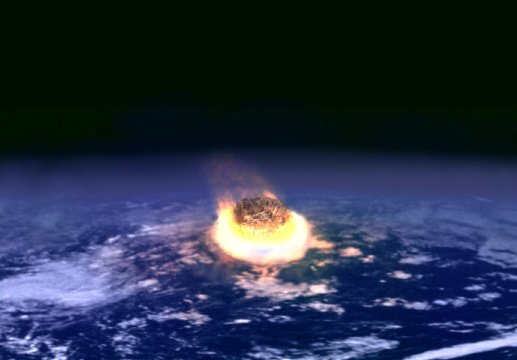
Some theories suggest that massive asteroid impacts released bursts of greenhouse gases, temporarily warming early Earth. These cataclysmic events may have acted like climate reset buttons, keeping the planet from freezing over at critical moments. It’s a dramatic idea—imagine a world where life’s survival depends on the chaos of crashing worlds.
The Mystery of the Missing Ice Ages
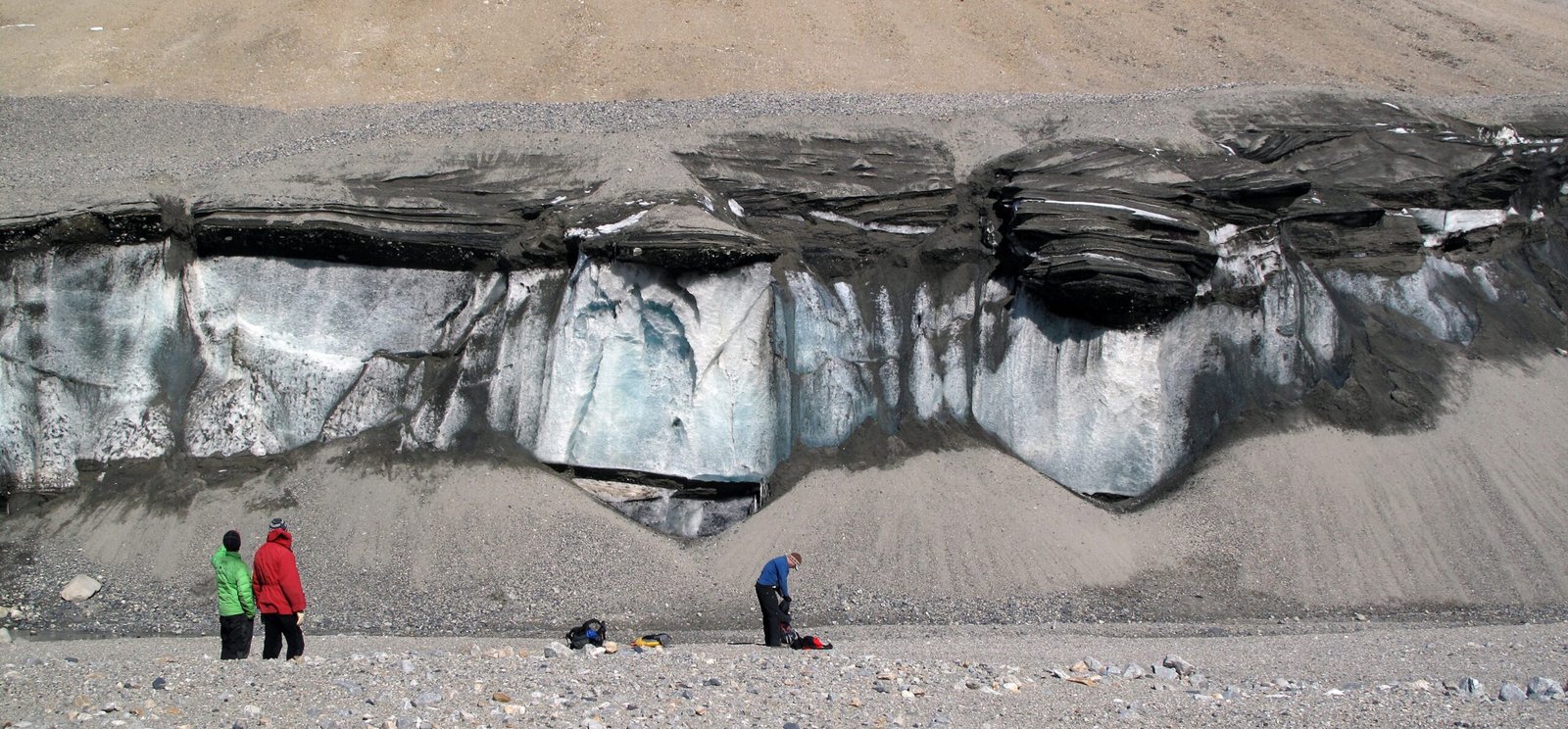
If the Sun was so faint, why don’t we see evidence of global ice ages in the oldest rocks? This absence adds another twist to the paradox. Were there just enough greenhouse gases to prevent deep freezes, or did other unknown factors keep Earth warm? The missing ice ages are a silent clue, hinting at a climate system more complex than we can easily imagine.
Future Clues from Exoplanets

As astronomers discover planets around distant stars, the lessons from the Faint Young Sun Paradox are more relevant than ever. Some exoplanets orbit dim, young stars, yet show signs that they could be warm enough for liquid water. Studying these worlds might one day reveal whether Earth’s story is a cosmic fluke or a common tale in the galaxy.
The Enduring Mystery and Its Importance
The Faint Young Sun Paradox is more than just a scientific puzzle—it’s a testament to Earth’s resilience and the intricate dance of life and climate. It reminds us that our planet’s history is full of near-misses and miraculous survivals, shaped by forces both gentle and wild. The search for answers continues, inviting us to wonder at the strange beauty of our ancient world and to appreciate the fragile balance that allows us to call it home.



